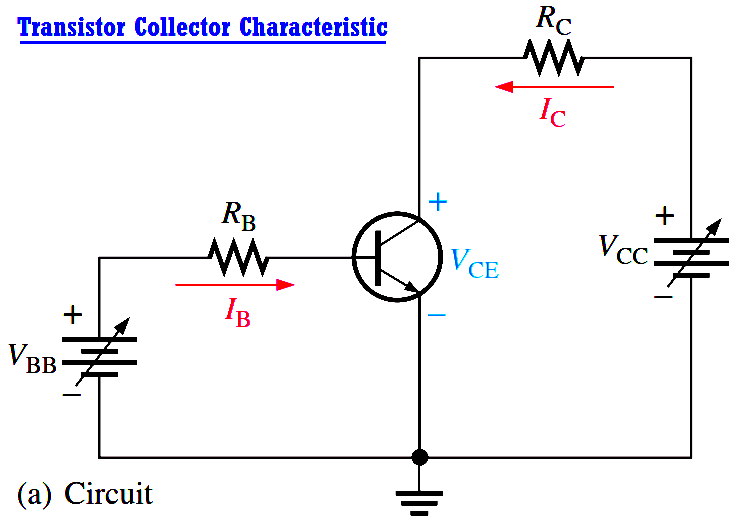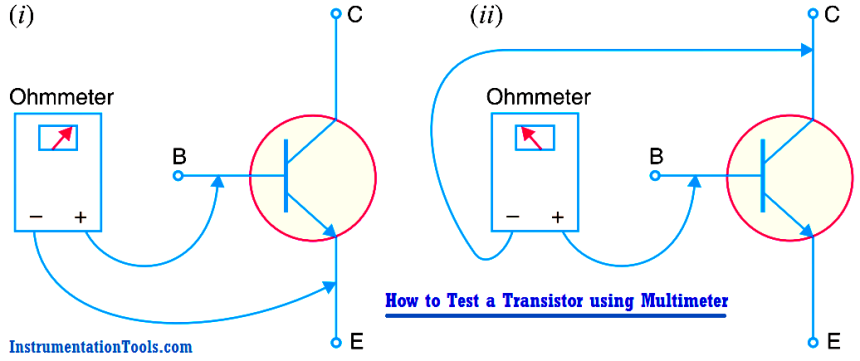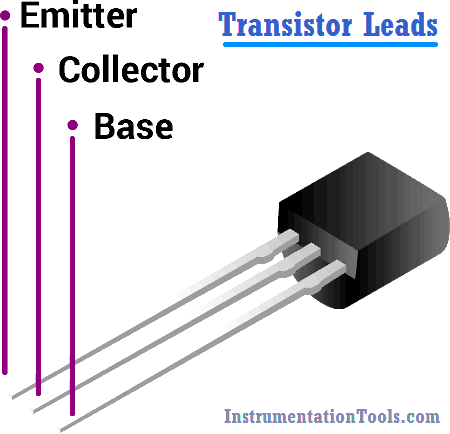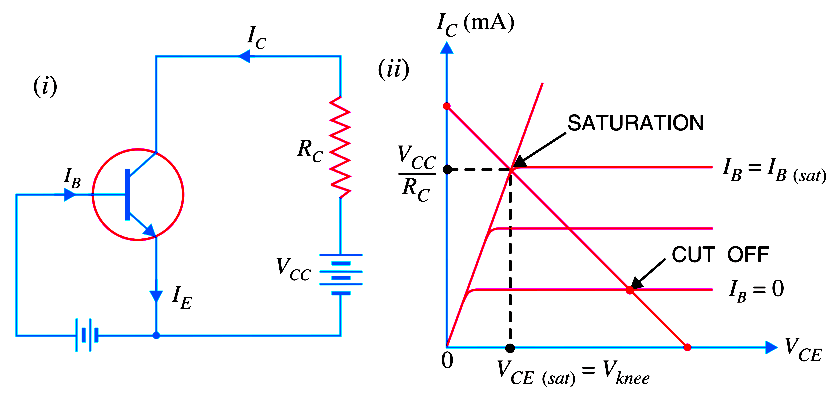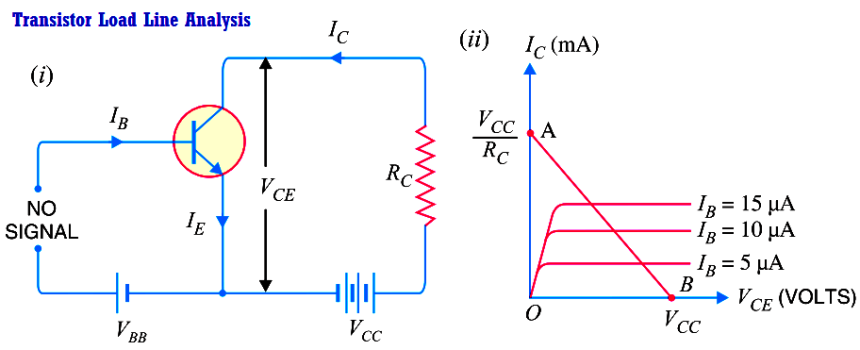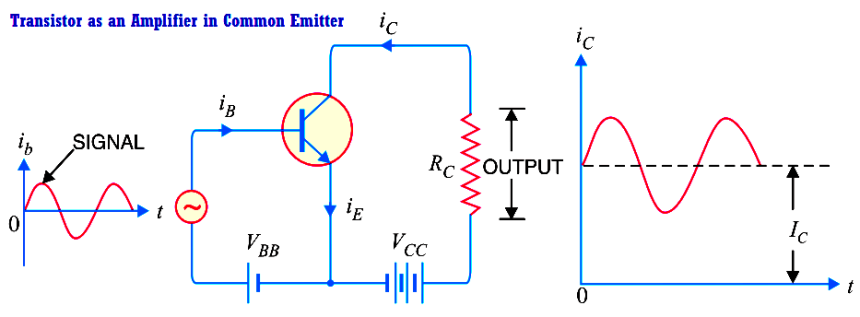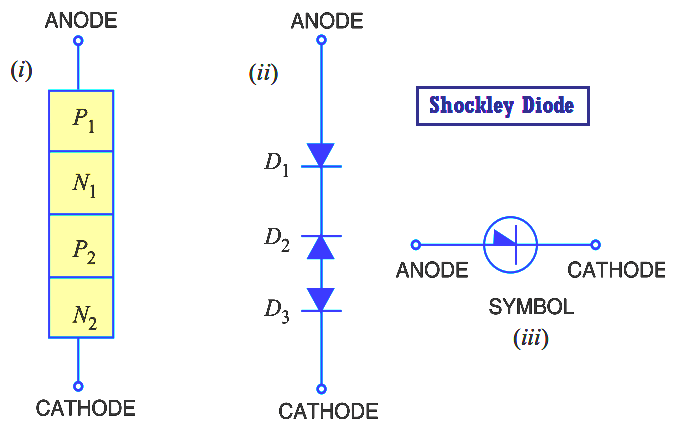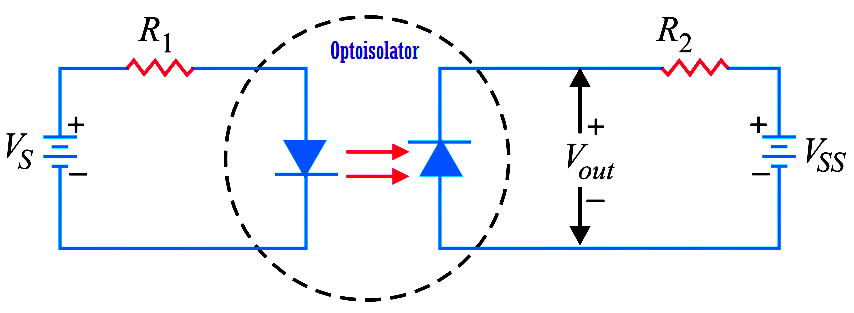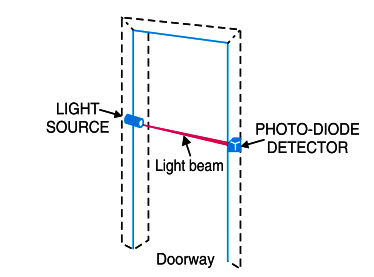Transistor Collector Characteristic Curves
Using a circuit like that shown in Figure (a), a set of collector characteristic curves can be generated that show how the collector current, IC, varies with the collector-to-emitter voltage, VCE,…
Why Silicon is preferred over Germanium ?
As we all know, both Silicon and Germanium are semiconductor devices. But the present trend is to use Silicon instead of Germanium. What may be the reasons? Although both silicon…
How to Test a Transistor using Multimeter
An ohmmeter can be used to check the state of a transistor i.e., whether the transistor is good or not. We know that base-emitter junction of a transistor is forward…
How to Identify the Transistor Terminals
There are three leads in a transistor viz. collector, emitter and base. When a transistor is to be connected in a circuit, it is necessary to know which terminal is…
Transistor Cut off, Saturation & Active Regions
The below Fig. (i) shows CE transistor circuit while Fig.(ii) shows the output characteristcs along with the d.c. load line. (i) Cut off. The point where the load line intersects…
Transistor Load Line Analysis
In the transistor circuit analysis, it is generally required to determine the collector current for various collector-emitter voltages. One of the methods can be used to plot the output characteristics…
Transistor as an Amplifier in Common Emitter
The below Fig. shows the common emitter npn amplifier circuit. Note that a battery VBB is connected in the input circuit in addition to the signal voltage. This d.c. voltage is…
Shockley Diode Working Principle
Named after its inventor, a Shockley diode is a PNPN device having two terminals as shown in Fig. (i). This device acts as a switch and consists of four alternate P-type…
Optoisolator Working Principle
An optoisolator (also called optocoupler) is a device that uses light to couple a signal from its input (a photoemitter e.g., a LED) to its output (a photodetector e.g., a…
Applications of Photo diodes
There are a large number of applications of photo- diodes. However, we shall give two applications of photo-diodes by way of illustration. (i) Alarm circuit using photo-diode. The Below Fig. shows…
